The Female Eye
“It’s not about the basket!”
McConkey Company has heard that statement countless times in its 48 years as a container manufacturer and distributor. “With most growers, an attractive, healthy plant is the main focus as it should be,” says Ed McConkey, CEO of the Sumner, Wash.-based company. “But that often means that the basket the plant is grown in is seen as an afterthought.”
Hanging basket designs have stayed safe, conservative and drab over the past 20 years. There simply wasn’t a need for anything different. But with the consolidation of the industry and shrinking market share, every aspect of the plant sale cannot be overlooked including the basket.
“You can see the innovative growers and retailers become more marketing-focused. Our goal in entering the designer container market was not to be like everyone else,” says company President Derek Moeller.
“Over the years, some of the more fashion-conscious women of our company began pushing us to get a fresh perspective to appeal more to women. Because who is buying hanging baskets? Women. But who is designing these baskets?” he asks. “It’s virtually always been male engineers focusing on things like soil volume and stacking density, and not on how the basket will look in a home setting. There was a hole in the market that we felt we could address.”
Kathy Lewis, a longtime McConkey sales and marketing leader who follows fashion, art and home décor trends, says, “We were a manufacturing facility but hadn’t come up with any new molds in 20 years. So we started looking at the market, and we found a disconnect between the utilitarian grower containers and what customers actually wanted to decorate their homes. And with the economic downturn, people couldn’t afford to travel, so there was an increased focus on making their homes look nice.”
There were lots of upright planters out there, but nothing for a grower-friendly decorative hanging basket. That’s where McConkey decided to focus its first foray into container design.
“We realized it had to be inexpensive enough for growers to afford on a mass scale, but more aesthetically pleasing to the end consumer. Something they could take home from the store and be happy to display in their homes, and not need to transplant or use an insert,” says Lewis. “That was the basic idea, and from there we took it from basic form to a contemporary design that would be universally pleasing.”
A New Direction
Rather than hiring a seasoned horticultural engineer, the team decided to look in a new place for talent Seattle’s plethora of art schools. They eventually recruited product design student Alina Godfrey from the University of Washington. Godfrey’s style had a feminine, modern flair and, just as important, she had absolutely no knowledge of the horticulture industry which was exactly what McConkey was looking for.
“Our strategy was to collect concept ideas from high-end European ceramics and décor, and then set Alina free to do her thing,” says Jeff Gross, McConkey’s director of business development.
“When we first hired Alina, we did not want to taint her creativity with this first project, so we instructed her to work from home and not come in to talk with our engineers because then the basket would end up being what they wanted and not new and fresh like we wanted. It’s too easy to have others impose their ideas on what the design needs to be, rather than starting with a fresh perspective.”
Godfrey enthusiastically picked up the gauntlet. “Our project was unique since it had to be designed for both the end user and the grower, so that offered up even more challenge,” Godfrey says. “It was very exciting for me to start out in an industry that had traditionally been so heavy on the engineering side of things.”
More and more, companies over a variety of industries are beginning to see the importance of good product design and are bringing in people with an artistic eye, rather than just relying on engineers for a utility-style product, says Godfrey.
“Just look at how Apple has made design essential and brought it to the forefront of product development,” she says. “You can see in an increasing number of consumer products that they are being designed with the end user in mind, rather than just focusing on cost savings, and consumers have begun to demand well-designed products across all price ranges.”
When Art Meets Engineering
Once Godfrey and the sales team had finalized a concept, they gave the drawings to Doug Shelton, a mold engineer at McConkey. Shelton tweaked the design slightly to make it better for strength, stacking and weight, and brought the idea to reality.
When the design was completed, colors were chosen based on research into color trends. They wanted to offer colors that would correspond with what their target customers choose to wear and decorate their homes with, and then let the growers coordinate those colors with their programs to better reach their customers.
When picking colors, they looked at two main areas for inspiration: fashion and home décor. “One of the big trends we saw in both areas was the increasing popularity of blue,” says Godfrey. “And for our purposes, blue is a very versatile colorit complements foliage as well as many common flower colors like white, yellow and red.”
With that in mind, they assembled their blue selection, including a nice bold Marine Blue and a more delicate Tissue Blue, plus more subdued cool earth tones such as Charcoal and Slate Grey.
In European home décor, the team saw a lot of blue interiors accented with a bright red or orange just a pop of color to make the space more dynamic. So they wanted to include some bolder, warm colors as well, such as the Berry Red, which has been a popular choice for summer and fall programs.
“Our goal was to include a mix of earth tones and brighter colors, to appeal to the more adventurous as well as more traditional customers,” Godfrey says.
Because warm earth tones are always prevalent in décor, they chose a rich Chocolate Brown for their stock color. “That works well for both indoor and outdoor settings, conveys a premium look and isn’t too flashy for a more conservative grower or customer,” Godfrey explains. And of course they also selected some tried and true industry colors such as hunter green and black.
The Hard Part: Branding
Then came the real challenge: what to call the new basket. “It was surprising how difficult it was to come up with the name,” says Godfrey. “We went through this whole long process. We looked up European cities, Latin and Greek words translating certain aspects of the basket like elegance and modernity, and even baby names. Nothing quite seemed to fit.”
Then Kathy Lewis came early to work one day, excited that she had figured it out. She recommended that they name the basket in honor of Ed McConkey’s late sister, Surain, who was a victim of cancer and passed away in 2002. “Surain lived more in her years than most of us live in a lifetime,” says McConkey. Her flamboyant personality and zest for life inspired the perfect moniker for this fresh, lively new basket design.
So what’s the next direction for company’s creative design process? “We have been working on a variety of custom containers for growers, both exclusive products and new containers we’ll be adding to our product line in the next year,” says Gross. “We’ve worked in plastics and ceramics and are excited to expand this new capability.”
For Godfrey, expanding begins with finding the creative muse. “We have such a great environment here in Seattle for creativity and inspiration,” she says. “One of the things Kathy, Jeff and I do is go to fashion shows and upscale home décor boutique shops, look around at what colors and trends we see there, and incorporate those into our designs.”
So it’s not about the basket … or is it? McConkey’s growers have reported increased sales when they grow in Surain. The basket has been a huge success for McConkey with more than a million baskets sold and counting, and it’s meeting the needs of the marketing-sensitive grower. Gross adds, “The market is ripe for change and innovation, and it’s easy to see that consumers are responding positively.”
Seeing in Super Technicolor
Most people particulary all males have three types of cone cells in their eyes for detecting different colors. However, some women can see extra colors because they have four types of cone cell receptors. They are called tetrachromats.
As explained in a recent NationalGeographic.com article “Men and Women Really Do See Things Differently,” a recent paper by Kimberly Jameson, Susan Highnote and Linda Wasserman of the University of California, San Diego, showed that up to 50 percent of women experience “contextually rich viewing circumstances.”
For example, when looking at a rainbow, these tetrachromatic females can segment it into about 10 different colors, while most others can see just seven: red, orange, yellow, green, blue, indigo and violet. For tetrachromat women, green was found to be assigned in emerald, jade, verdant, olive, lime, bottle and 34 other shades.
The article notes men are less adept at distinguishing among shades in the center of the color spectrum: blues, greens and yellows.

Why are men designing for women? McConkey Company answers retail’s age-old question with feminine, modern flair.


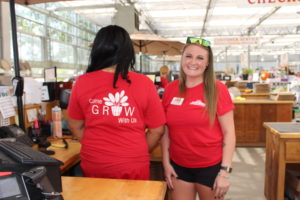
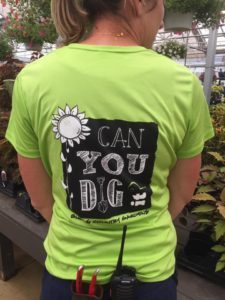
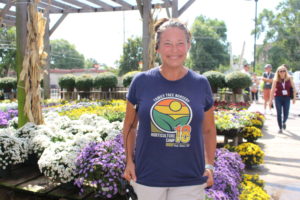
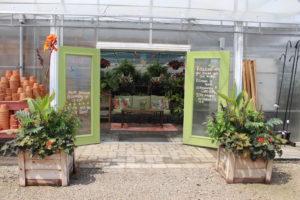
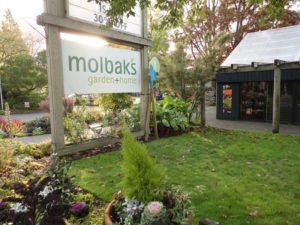
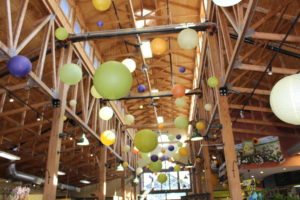
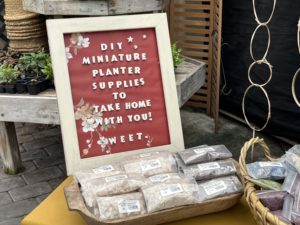
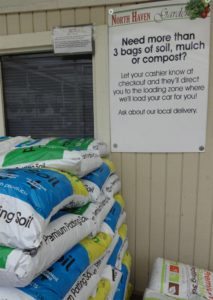
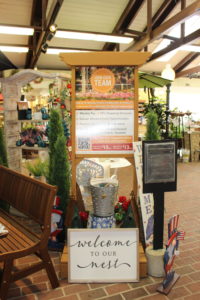
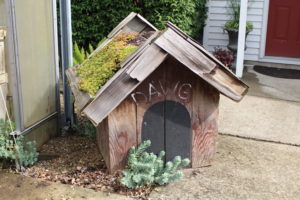
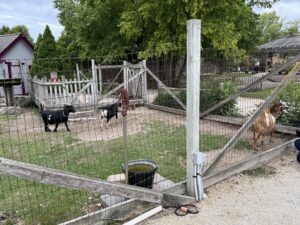
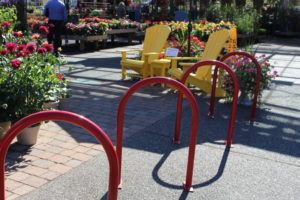
 Videos
Videos





